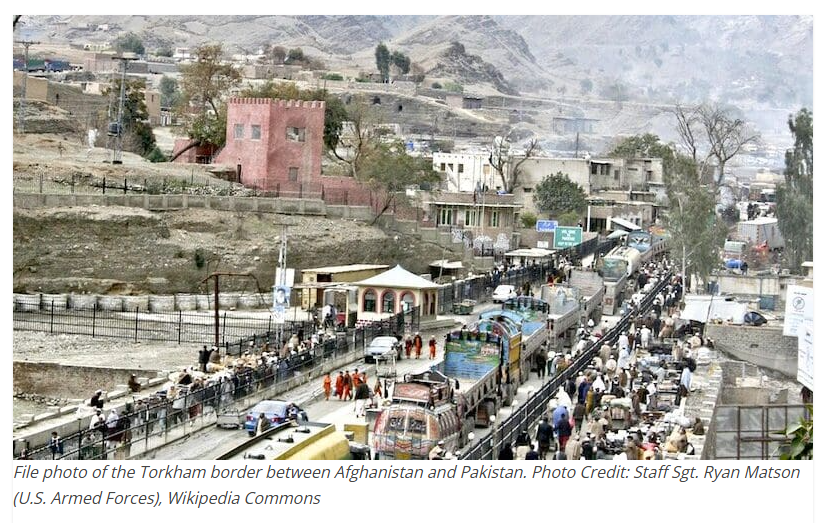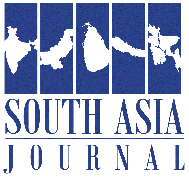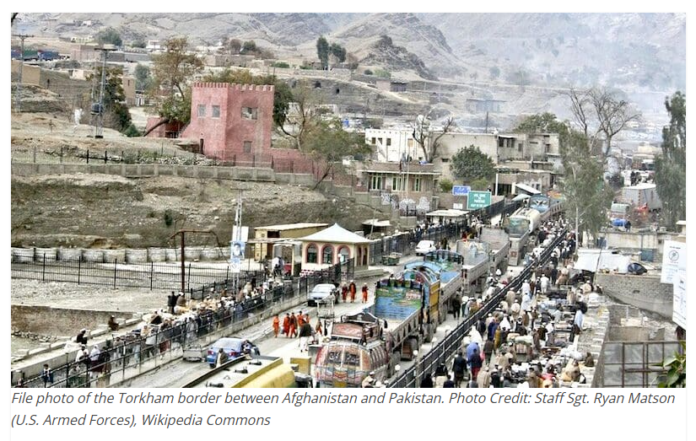
The recent reopening of the Torkham Border Crossing, a vital trade and transit link between Pakistan and Afghanistan, has brought a new dawn to the economic and diplomatic ties of the region. Following an embargo period, the opening of this strategically located gateway has already come a long way in enabling such gargantuan dividends for trade caravans, locals, and even sick patients requiring immediate medical attention, bearing witness to the dynamism of regional connectivity and the crossroads function performed by this crossing in connecting Central and South Asia.
A Lifeline to Trade and Commerce
The Torkham gate gateway, near the Khyber Pass, has for a long time been the epicenter of cross-trade between Pakistan and Afghanistan. Strategically located, the gate offers greatly coveted access to commodities, services, and resources, connecting landlocked but resources-deprived Afghanistan with the world through Pakistani sea ports. Opening the gate has thus granted an influx of high magnitude to stranded trade caravans, pending the previously restricting limitation.
Re-opening of the free-flowing trade through Torkham will certainly lead to hefty rises as far as the volume of trade between the two nations is concerned.
Relations between the two countries in terms of trade are going to be advantageous to the two countries, as will also be their respective economies. Companies on both sides of the border will be well-positioned to benefit from enhanced supply chains, reduced transaction costs, and enhanced transport of goods, all of which will be instrumental in creating the regional economic stability and resilience.
Increased Pedestrian Flow
Besides the economic advantages, re-opening of Torkham is also a milestone for the local communities. The crossing point has been providing mobility to passengers, students, workers, and people in search of health care for decades. The decision of the authority to re-open the crossing for pedestrians for the second time has been highly appreciated by the local people depending on it for day-to-day activities and mobility.
Opening the border did not only make people mobility possible but also cross-border people-to-people cultural exchange and brought possibilities. All those families displaced by the opening of the closing can be brought together again, entrepreneurs and labourers can search for opportunities and exchange once more across borders. The new mobility is proof that regional integration promise can bring even more individual and collective advantages for people residing on the bordering areas.
Access to Emergency Healthcare
Among the most tangible and direct consequences of the reopening of the Torkham Border is the way it affects those patients in need of urgent treatment.
This effectively remained their only access to the medical centers of Pakistan, where more sophisticated treatments for complicated cases are available to most Afghans, especially those from the eastern provinces. Its closure had practically endangered lives because patients were stranded and could not wait for life-saving surgeries or urgent treatment. With the reopening of the border crossing, thousands of patients are now once again able to travel to obtain the treatment they so urgently require, enhancing life expectancy as well as the standard of care in the region. Peshawar and other regions of Pakistan’s Khyber Pakhtunkhwa province are swamped with Afghan patients who can now freely cross the border, relieving a humanitarian crisis that had been intensified by the shutdown.
Growing Regional Cooperation
The opening of the Torkham Border is not an economic or a logistical move; it’s a display of the value of cooperation and diplomacy in handling local issues. It’s life’s lesson about how countries can overcome tensions and come together to enhance the welfare of their people. Here, the Pakistani-Afghan cooperation has yielded fruit with the prospect of even more cooperation in trade, security, and humanitarian operations.
This achievement is also more valuable for the broader regional connectivity projects.
Both countries trying to drive forward relations, the Torkham Border Crossing represents broader integration of Central and South Asia in the making that will be a freer, more efficient border traffic that will spur regional trade corridors. It also potentially leads the way toward future greater collaboration with other near neighbors, including dealing with mutual concerns such as security and planning infrastructure.
Conclusion
Re-opening of the Torkham Border Crossing is a record feat with extensive implications for trade, movement, health, and regional cooperation.
As all trade convoys, pedestrians, and patients stand to gain immensely from this move, it indicates the central position border crossings play in ushering economic growth and regional integration. This move for greater cooperation could be the beginning of a new era of greater cooperation and peace between Pakistan and Afghanistan—an era that is not merely full of potential for economic growth but also for improved human relations and cooperation across frontiers. For the international observers to whom it is news, the report testifies to the role of diplomacy in generating mutual prosperity and peace in a world in which states are more entangled than ever. As long as the Torkham Border is functioning well, it can be an example for other corners of the world afflicted by the same woes, proving that cooperation and open borders can be a recipe for all.
Self-Introduction
Ali Mehar is a student of BS International Relations at Quaid e Azam University. He can be reached at @ alimeharmail50@gmail.com

